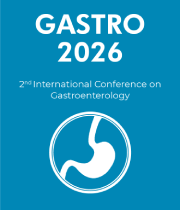Physical Therapy In GI Diseases
Gastrointestinal (GI) diseases can cause a range of functional and structural impairments that can significantly affect an individual’s quality of life. Physical therapy is an important part of the management of GI diseases, as it can help improve functional impairments, reduce pain, and improve overall quality of life. Physical therapists can assess and diagnose impairments associated with GI diseases, create therapeutic exercise programs, provide manual therapy and patient education, and use modalities to reduce pain and inflammation. Physical therapists can assess GI patients to identify functional impairments related to their condition. They will look at strength, range of motion, posture, mobility, balance, and coordination. They can also assess the patient’s activities of daily living, such as dressing, bathing, toileting, and transfer skills. From this assessment, physical therapists can create a therapeutic exercise program tailored to the patient’s specific needs. This program can include therapeutic exercises, breathing exercises, and relaxation techniques to improve strength, range of motion, and coordination. In addition to therapeutic exercise, physical therapists can also provide manual therapy to GI patients. Manual therapy techniques, such as massage, joint mobilization, and myofascial release, can help improve range of motion, reduce pain, and improve joint function. Physical therapists can also provide patient education to help GI patients manage their condition, as well as provide advice on nutrition, lifestyle modifications, and activity modifications. Finally, physical therapists can also use modalities such as heat and cold therapy, electrical stimulation, and ultrasound to help reduce pain and inflammation associated with GI diseases. This can help facilitate the patient’s participation in their physical therapy program. In conclusion, physical therapy is an important part of the management of GI diseases. Physical therapists can assess, diagnose, and treat impairments associated with GI diseases, as well as provide patient education and use modalities to reduce pain and inflammation. Physical therapy can help improve functional impairments, reduce pain, and improve overall quality of life.



